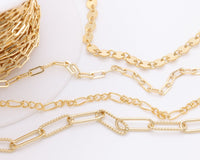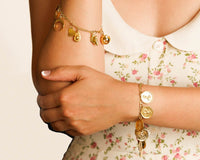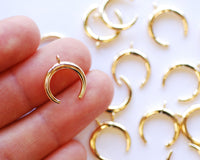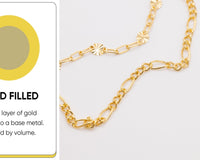Consignment has emerged as a popular and preferred method for many jewelry sellers and buyers alike. This model offers an opportunity for jewelry owners to sell their pieces without the immediate need to find a direct buyer. Below, we explore the intricacies of jewelry consignment, including its costs, benefits, and current market trends.
WHAT IS JEWELRY CONSIGNMENT?
Jewelry consignment involves a consignor (jewelry maker) placing their jewelry in the hands of a consignee (usually a shop or online platform) to be sold. The consignee is responsible for selling the items and earns a commission on each sale. The remaining revenue goes to the consignor. This arrangement allows for jewelry to be marketed and sold through established channels, potentially reaching a broader audience than the consignor might on their own.
For example, a consignment store in New York successfully sold a necklace for $200, which was originally estimated to fetch around $150. The consignor received 70% of the sale price, demonstrating the potential financial benefit of consignment for high-value items.
COSTS OF CONSIGNING JEWELRY
- Commission Fees: One of the primary costs associated with jewelry consignment is the commission taken by the consignment shop or platform. This fee typically ranges from 20% to 50% of the sale price, depending on the value of the item and the policies of the consignment store.
- Time Delay in Payment: Unlike direct sales, consignment does not typically result in immediate payment. Payment is made only after the item is sold, which can take weeks, months, or even longer.
- Risk of Non-Sale: There's always a risk that the item won't sell at all, leaving it either in limbo or returned to the consignor, often at their own expense.
BENEFITS OF CONSIGNING JEWELRY
- Access to Expert Marketing and Sales Channels: Consignment stores and platforms usually have the expertise and customer base to effectively market your jewelry. High-end consignment shops, in particular, might have access to clientele willing to pay more for premium pieces. This is a great way to increase your jewelry visibility.
- Ease and Convenience: For consignors not inclined toward direct sales, consignment offers a hassle-free alternative. The consignee handles all aspects of the sale, from marketing to negotiating prices. This is ideal for jewelers who want to focus on just creating jewelry and not have to worry about selling, marketing, etc.
- Potential for Higher Sale Prices: In some cases, consignment can result in higher sale prices due to better presentation, marketing, and the perceived reliability of purchasing from a reputable consignee.
MARKET TRENDS AND STATISTICS FOR JEWELRY CONSIGNING
Recent trends have shown a growing preference for consignment, particularly in the luxury goods sector. According to a report by ThredUP, the secondhand market, including consigned goods, is expected to reach $36 billion by 2024, with jewelry being a significant component. Another study found that approximately 25% of consumers prefer buying secondhand jewelry for sustainability reasons and the allure of unique, vintage pieces.
Jewelry consignment offers a compelling option for both sellers and buyers, balancing the ease of transaction with the potential for higher returns. While there are costs involved, the benefits, especially for those with valuable or unique jewelry, can be significant. Consignment remains a vital part of this growing industry, providing sustainable and lucrative opportunities for jewelry sellers.



















